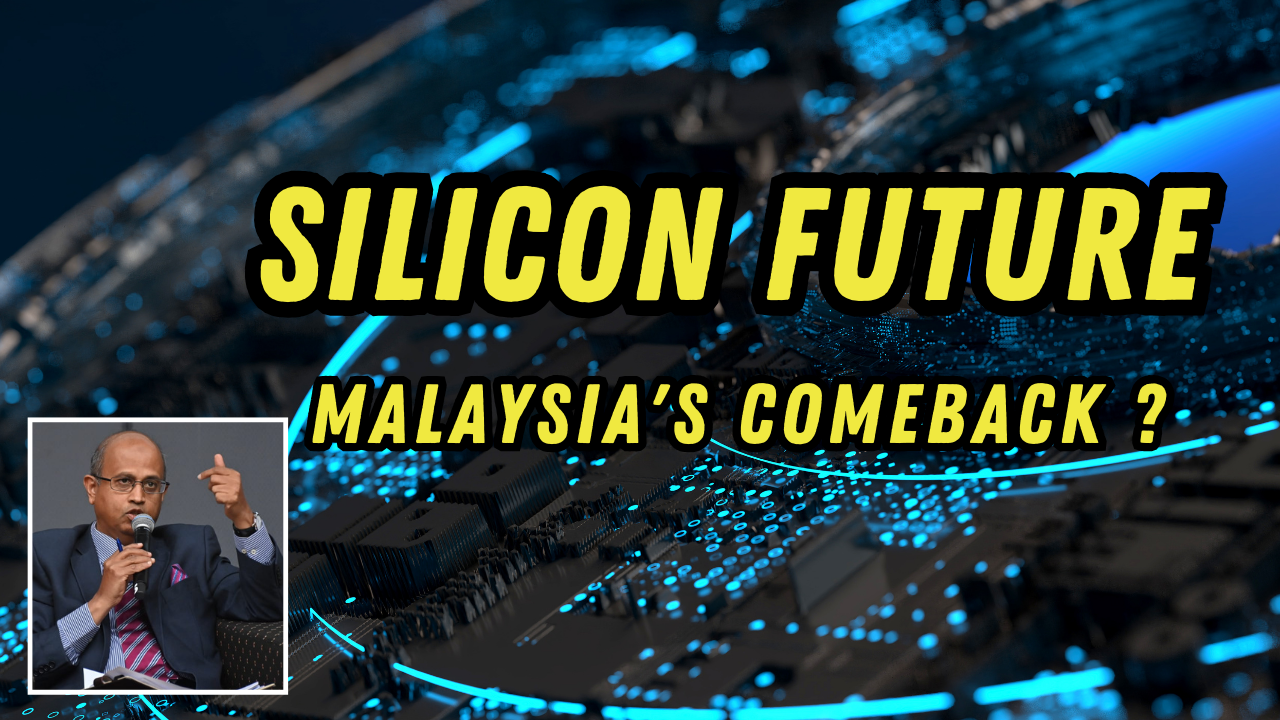
Introduction
The ongoing US-China rivalry in the semiconductor sector is presenting Malaysia with a unique opportunity to regain its position as a key player in this industry. As the chip war shifts focus to advanced packaging—a critical, yet often overlooked part of the semiconductor manufacturing process—Malaysia has the potential to emerge as a global leader once again. This blog explores what it would take for Malaysia to dominate this new frontier by looking back at how Penang led the way in the 1970s and drawing valuable lessons for the future.
Penang’s Rise: Lessons from the Past
To understand Malaysia’s potential comeback, it’s essential to revisit how Penang seized its initial opportunity in the semiconductor industry during the 1970s. Before its transformation, Penang’s economy heavily depended on its free-port status, which was revoked in 1967 as the federal government pursued an export-led industrialization strategy. This policy shift led to a severe economic downturn, with per capita income falling below the national average and unemployment rates doubling the national figure by 1969.
Facing an economic crisis, Penang’s Chief Minister at the time, Lim Chong Eu, recognized the state’s strategic location and infrastructure as key assets. He envisioned Penang as a manufacturing hub akin to Singapore and Hong Kong. Lim established the Penang Development Corporation (PDC), modeled after Singapore’s Economic Development Bureau, and launched the state’s first Free Trade Zone (FTZ) in Bayan Lepas in 1972. This move attracted major Silicon Valley companies like Intel, Hewlett-Packard, and AMD, earning Penang the nickname “Silicon Valley of the East.”
By 1980, Penang had become a global hub for electronics, with 25 firms employing 25,000 people and contributing 38% of Malaysia’s exports. The success was largely due to the state’s talented and multilingual workforce, well-developed infrastructure, and the strategic efforts of the PDC.
The New Frontier: Advanced Packaging
Fast forward to today, Malaysia is once again at the crossroads of a major opportunity in the semiconductor industry. The current semiconductor war is shifting towards advanced packaging—a critical step that enhances the performance of chips by stacking them in specific configurations. Advanced packaging is expected to outpace the rest of the chip industry, with projections showing that the market could double by 2030 to over $96 billion.
Malaysia currently accounts for 13% of the global market in testing and advanced packaging, making it a significant player. However, this dominance is not guaranteed, especially as new entrants like Japan, India, and Vietnam are eager to carve out their share of the market. Additionally, the US-China rivalry is leading Chinese companies to diversify their production bases, with many relocating to Southeast Asia, including Malaysia.
What It Takes to Dominate
To capitalize on this second chance, Malaysia needs to focus on several key areas:
1. Innovation and Value Creation
While Malaysia has established itself in the back-end of the semiconductor value chain, it remains largely a manufacturing hub for foreign companies. To truly dominate, Malaysia must move beyond assembly and testing to design and innovation. This would involve creating proprietary technologies and filing patents, allowing Malaysia to add value to its semiconductor products and services.
2. Talent Development
Talent remains a critical factor in Malaysia’s success. The National Semiconductor Strategy has recognized the need to train and upskill 60,000 Malaysian engineers to meet the demands of the advanced packaging industry. This requires investment in education and training programs, much like Penang’s earlier initiatives with the Penang Skills Development Centre (PSDC), which was established in 1989 to provide industry-relevant training.
3. Attracting Investment
The global semiconductor landscape is highly competitive, and Malaysia needs to continue attracting foreign direct investment (FDI). The government aims to secure at least $107 billion in investments for integrated circuit design, advanced packaging, and manufacturing equipment. Offering incentives and creating a favorable business environment will be key to attracting and retaining major players in the industry.
4. Strategic Partnerships
Forming strategic partnerships with global tech giants and fostering collaboration between industry players, research institutions, and government bodies will be essential. These partnerships can drive innovation, share risks, and accelerate the development of cutting-edge technologies in advanced packaging.
Conclusion: Seizing the Moment
Malaysia has a window of 5 to 10 years to position itself as a global leader in the advanced packaging sector before China achieves full autonomy. By drawing on the lessons from Penang’s past and focusing on innovation, talent development, investment, and strategic partnerships, Malaysia can turn this second chance into lasting dominance in the semiconductor industry. The new chip war is not just about competing; it’s about leading—and Malaysia has all the tools to do just that.
#semiconductor , #ChipWar, #MalaysiaTech, #USChinaRivalry, #AdvancedPackaging, #Penang, #TechIndustry, #Innovation, #GlobalTrade, #Electronics, #semiconductorindustry, #tsmc

